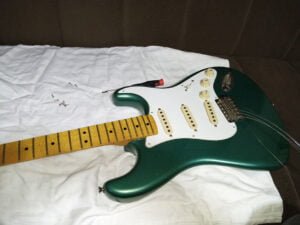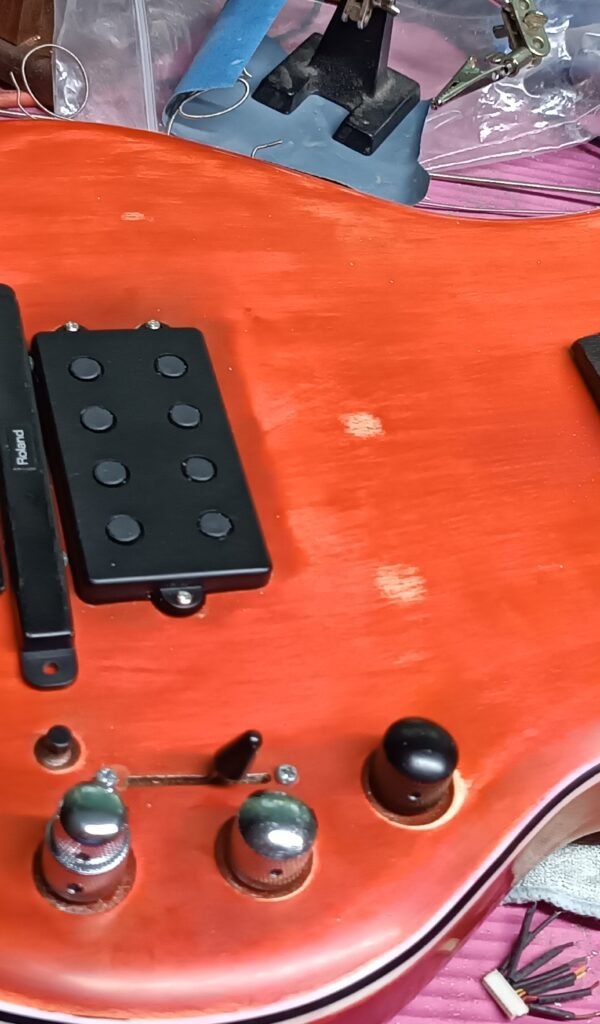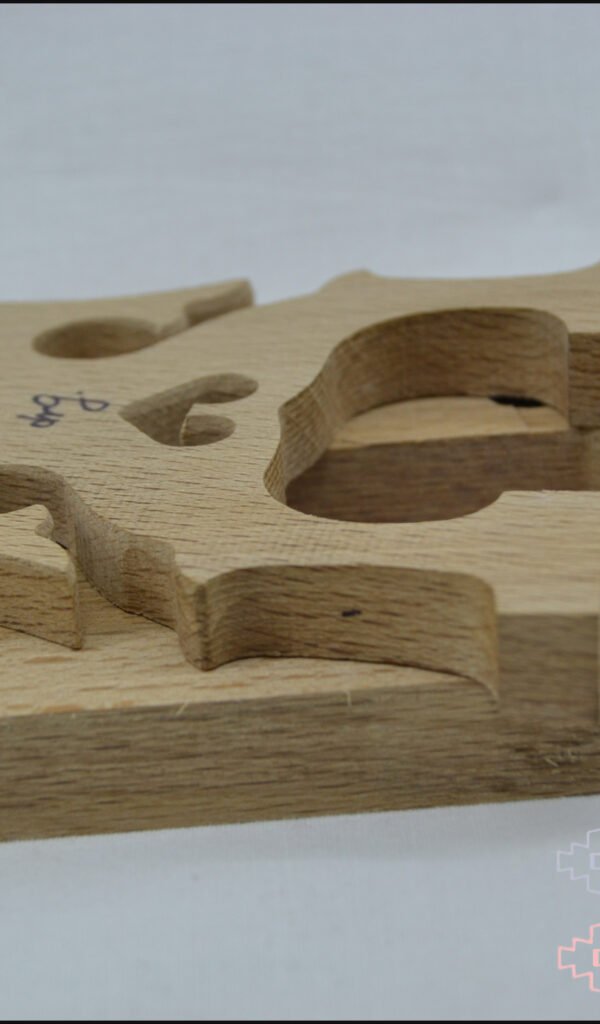Achieving optimal playability and tone from your electric guitar is a pursuit that every serious guitarist embarks upon. One of the essential steps in this journey is the proper setup of your instrument. An electric guitar setup involves a series of adjustments and fine-tuning that ensure your guitar plays and sounds its best. In this article, we will delve into the intricacies of electric guitar setup, exploring the key elements and providing you with the knowledge to achieve a professional-grade setup.
- Assessing Neck Relief:
The first step in a successful guitar setup is to evaluate the neck relief. Neck relief refers to the slight curvature of the guitar neck. Using an appropriate straight edge or specialized tool, measure the gap between the strings and the frets at various positions along the neck. The aim is to achieve a slight bow, typically between 0.010 and 0.014 inches, ensuring a balance between string height and buzz elimination. - Setting the Action:
Action refers to the distance between the strings and the fretboard. It directly affects playability, as excessively high action can make the guitar harder to play, while excessively low action can cause fret buzzing. Adjusting the action involves altering the height of the bridge saddles or the individual string height at the nut. Strive for a comfortable action that suits your playing style while maintaining a clear tone. - Adjusting the Intonation:
Intonation determines whether a guitar plays in tune throughout the entire fretboard. To check intonation, compare the pitch of an open string against its corresponding pitch at the 12th fret, using a reliable tuner. If the two pitches don’t match, adjustments need to be made at the bridge saddles. Achieving accurate intonation ensures that chords and melodies sound in tune across all positions. - String Height at the Nut:
The string height at the nut, also known as the nut action, influences the ease of playing open chords and the overall feel of the guitar. A well-cut nut allows the strings to glide smoothly through the slots, preventing excessive friction and buzz. If necessary, carefully file the nut slots to achieve the desired string height while maintaining proper string spacing. - Pickup Height Adjustment:
To optimize the tonal output and balance of your guitar’s pickups, it’s crucial to set their height correctly. Using a screwdriver or specialized pickup height gauge, adjust the distance between the pickups and the strings. Higher pickup height increases output and can result in a more aggressive tone, while lower height emphasizes clarity and articulation. Experiment with different heights to find your desired tonal sweet spot. - Tremolo Setup (if applicable):
For guitars equipped with a tremolo system, proper setup is essential for stability and functionality. Balancing the tension of the tremolo springs with the string gauge and adjusting the tremolo bridge’s position allows for accurate pitch control and prevents tuning issues. Additionally, lubricating contact points and ensuring smooth operation of the tremolo arm contribute to a reliable and enjoyable tremolo experience.
A well-executed electric guitar setup can transform an ordinary instrument into a versatile and inspiring tool for any guitarist. By paying attention to crucial aspects such as neck relief, action, intonation, nut action, pickup height, and tremolo setup, you can achieve optimal playability, tonal balance, and tuning stability. Remember, a meticulous approach, patience, and regular maintenance will help you maintain your guitar’s setup and ensure consistent performance. With these insights and a passion for sonic perfection, you’ll be well on your way to mastering the art of electric guitar setup.





